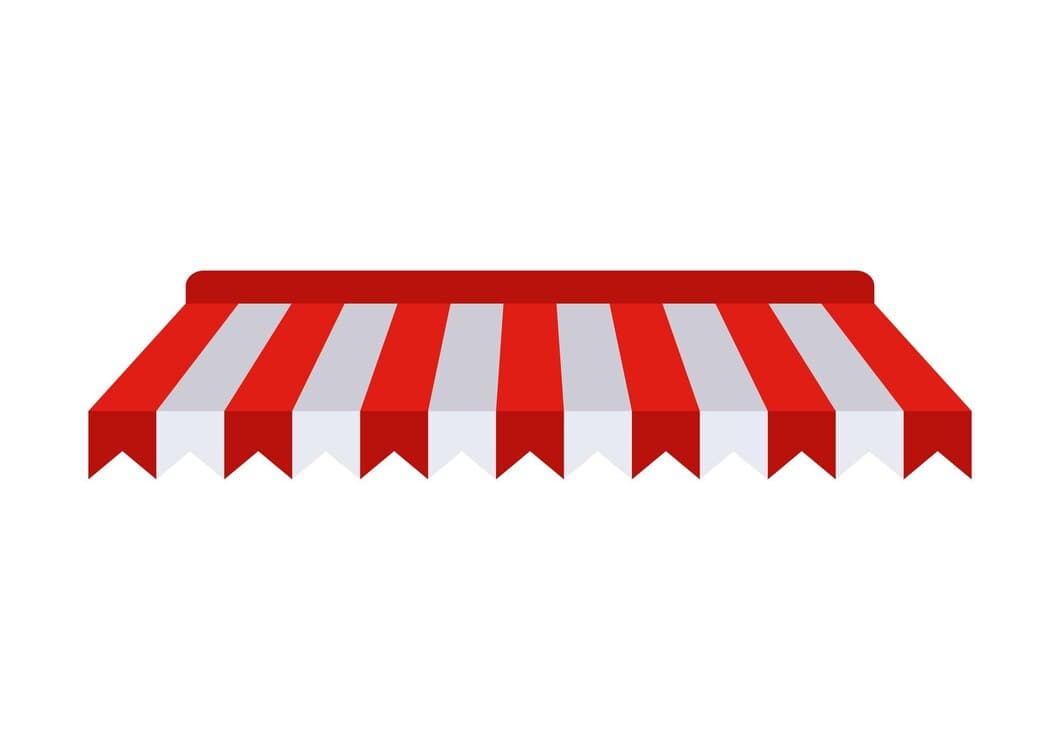Is Branding Just A Logo?

Branding is not simply a logo or a name, but rather a complex and multifaceted concept that encompasses everything from a company's products and services to its customer service and marketing efforts. A brand is the sum total of all the experiences that a customer has with a company, and it is this totality that ultimately determines how the customer perceives the company.
A logo is just one small part of a brand, and it is important to remember that a logo alone cannot make a brand successful. A strong brand is built on a solid foundation of customer trust and loyalty, and this can only be achieved through consistently delivering high-quality products and services, providing excellent customer service, and engaging in effective marketing campaigns.
What is branding?
Branding is a comprehensive concept encompassing a wide range of strategies and tactics employed to create a distinct and memorable identity for a product, service, or organization. It involves the development of a brand name, logo, visual identity, and messaging that effectively communicates the essence of the brand and differentiates it from competitors.
Branding extends beyond mere aesthetics, encompassing the entire customer experience, including interactions with employees, advertising campaigns, and the brand's presence on social media and other platforms. It plays a crucial role in building brand recognition, establishing trust, and fostering customer loyalty.
What is a logo?
A logo is a visual representation of a company, organization, or product. It is typically a unique and memorable symbol, design, or even stylized name that helps to identify a business or its offerings. Logos are often used in various marketing materials, such as letterheads, business cards, websites, and social media profiles. They serve to create a consistent visual identity for a brand and to reinforce its recognition among customers and the public.
Logos can take many different forms, depending on the nature of the business and its target audience. Some logos are simple and minimalist, consisting of a single letter or geometric shape. Others are more complex, featuring elaborate graphics, imagery, or typography. Regardless of their specific design, all logos serve the purpose of representing a brand and making it easily recognizable.
In today's highly competitive business environment, a strong and well-designed logo is more important than ever. A logo can help a company to stand out from its competitors, build brand loyalty, and create a lasting impression on potential customers. It is, therefore, essential for businesses to invest in creating a logo that is effective, memorable, and true to their brand identity.
The difference between branding and logo
Branding is a much broader concept than logo design. It encompasses everything from the company's name and visual identity to its marketing strategy and customer service. A logo is just one small part of a brand, but it's an important one. It's the visual representation of the brand, and it can help customers to identify and remember the company.
While a logo is important, it's important to remember that it's just one part of a larger branding strategy. To be successful, a brand needs to be consistent across all channels. The logo, the marketing materials, the customer service, and everything else should all work together to create a cohesive brand identity. When a brand is consistent, it's more likely to be memorable and successful.
Why is branding important?

Branding is essential because it helps companies differentiate themselves from their competitors, build trust with customers, and create a positive impression that can lead to increased sales. A strong brand can also help to attract and retain employees, making it a valuable asset for any business.
Branding helps companies to stand out from the competition. In today's crowded marketplace, it is more important than ever to have a strong brand that can help you attract and retain customers. A strong brand can help you to build trust with customers, create a positive impression, and drive sales.
Branding can help companies to create a consistent message across all channels. A consistent brand message can help to build trust with customers and create a positive impression. When customers know what to expect from a company, they are more likely to do business with them.
Branding can help companies to create a sense of community. A strong brand can help to create a sense of community among customers and employees. This can lead to increased loyalty and support for the company.
Why is a logo important?
A logo may seem like a small part of a brand, but it plays a powerful role in shaping how consumers perceive a company. It is the visual representation of a brand and can convey important messages about its values, mission, and products or services. A well-designed logo can create a lasting impression and make a brand more recognizable and memorable in the minds of customers.
A logo is often the first point of contact between a customer and a brand. It is displayed on everything from websites and social media pages to packaging and signage. This means that it has a significant impact on how customers perceive the brand. A well-designed logo can create a positive impression and make customers more likely to engage with a brand. Conversely, a poorly designed logo can leave a negative impression and make customers less likely to consider a brand.
A logo is also an important part of a brand's identity. It helps to differentiate a brand from its competitors and can create a sense of loyalty and community among customers. A well-designed logo can make customers feel like they are part of something special and can encourage them to repeat business with a brand.
How to create a strong brand
Developing a strong brand entails creating a cohesive and recognizable identity for your business. This involves defining your brand's core values, mission, and target audience. By establishing a clear brand identity, you can differentiate yourself from competitors and build trust with customers.
Consistency is crucial in brand building. Ensure that all aspects of your brand, from your logo and website to your social media presence and customer interactions, reflect your brand's values and messaging. Consistency helps create a memorable and recognizable brand experience for customers.
Building a strong brand takes time and effort. It requires ongoing monitoring and evaluation to ensure your brand remains relevant and resonates with your target audience. By consistently delivering on your brand promise and adapting to evolving consumer trends, you can cultivate a loyal customer base and establish a lasting brand legacy.
An effective brand strategy is essential for long-term success. By defining your brand's purpose, values, and target audience, you create a roadmap for all your marketing and communication efforts. A well-defined brand strategy provides a clear direction and ensures that all activities are aligned with your brand's overall goals.
How to design an effective logo
An effective logo is memorable, relevant to your brand, and easy to recognize. It should be simple enough to be easily remembered, but also distinctive enough to stand out from the competition. Your logo should be consistent with your brand's overall messaging and values, and it should be designed to work well in a variety of applications, from print to digital.
When designing your logo, it's important to consider your target audience. What are their demographics? What are their interests? What are their values? Your logo should be designed to appeal to your target audience and to reflect the personality of your brand.
Once you have a good understanding of your target audience, you can start to brainstorm ideas for your logo. Sketch out some ideas, and then get feedback from friends, family, or colleagues. Once you have a few solid ideas, you can start to refine them and develop your final logo.
Your logo is an important part of your brand, so it's important to take the time to design it carefully. By following these tips, you can create a logo that is effective and memorable.
The relationship between branding and logo
Branding is not just about your logo. It's about everything from your company's values to its customer service. A logo is only part of the branding puzzle, and it's important to understand the difference between the two.
Think of it this way: your logo is the face of your company, but branding is the personality behind the face. Your logo is a visual representation of your brand, but it's not the whole story. Branding is about creating a consistent and memorable experience for your customers, at every touchpoint.
Frequently Asked Questions
Are branding and logo the same thing?
Branding is about creating a recognizable brand identity through visual elements, values, services, and customer experience. A logo is just one part of that identity.
What makes a good brand?
A strong brand has a consistent message, resonates with its target audience, and delivers a memorable customer experience. It includes factors like branding colors, content, fonts, and the company's overall marketing strategy.
Why is branding important?
Branding helps businesses build customer loyalty, create brand awareness, and differentiate themselves from competitors. It's the process of creating a unique identity for a product or service.
Is branding just about design?
While design plays a role, branding is not limited to aesthetics. It involves researching, planning, and implementing a comprehensive strategy that encompasses every aspect of the customer's experience.
To Sum Up
To sum up, branding is not just about creating a visually appealing logo. It is about developing a comprehensive strategy that encompasses all aspects of your business, from your products and services to your customer service and marketing. A strong brand will help you to differentiate yourself from your competitors, build trust with your customers, and increase your sales.
By following the tips in this article, you can create a strong brand that will help you to succeed in today's competitive marketplace.